A great pistol meets a great calibre as Phill Price finds out
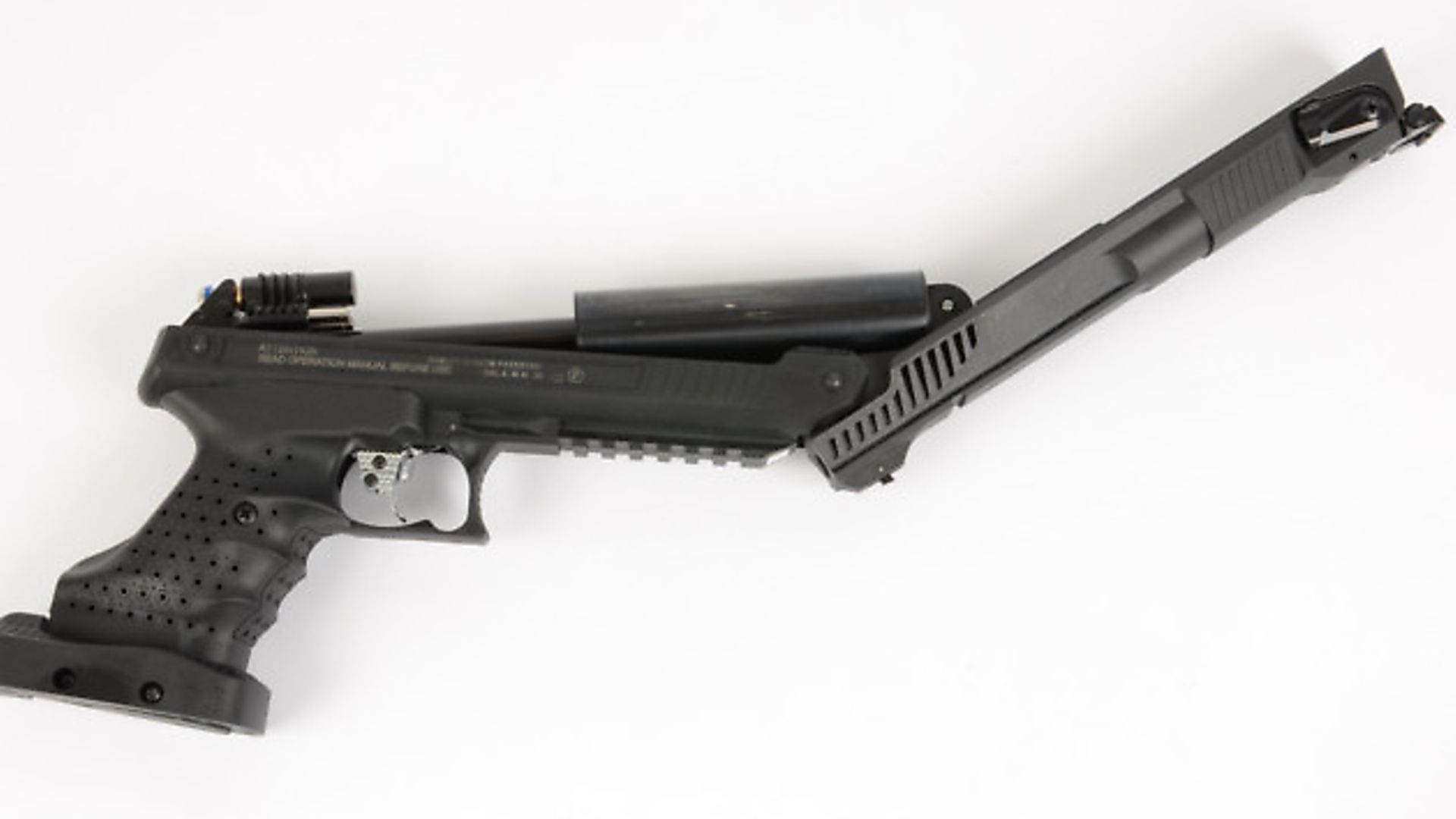 credit: Archant
credit: Archant
I’d like to start this article with the calibre rather than the pistol, which sounds back to front, but bear with me. Some of you will know that I’m a terrible ballistics nerd. Chairgun software, chronographs, weighing scales and all those technical gadgets are my idea of heaven, because I love the idea of maximising the real-world performance of any airgun. You see, there’s something wonderful about the idea that by simply getting the right pellet, the performance of your airgun can be drastically improved and that the cheapest item of our equipment is also the most important. Even the best pellets cost almost nothing yet all our hopes and expectations rely on a tiny, squashy blob of lead alloy. Great isn’t it? Even if you’ve paid thousands of pounds for the very best rifle/scope/mounts/silencer on the market, bad pellets will render them worse than useless.
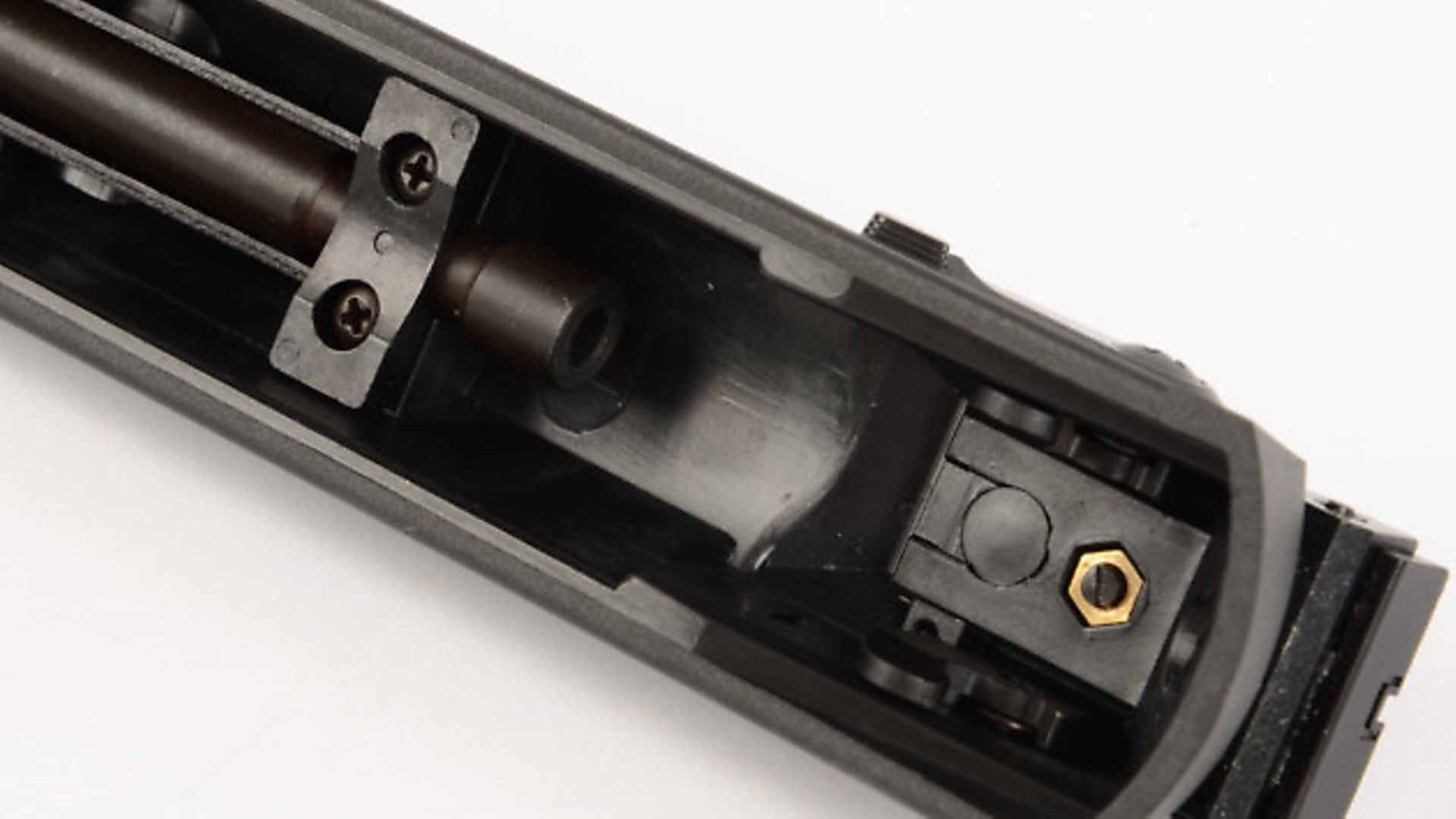 credit: Archant
credit: Archant
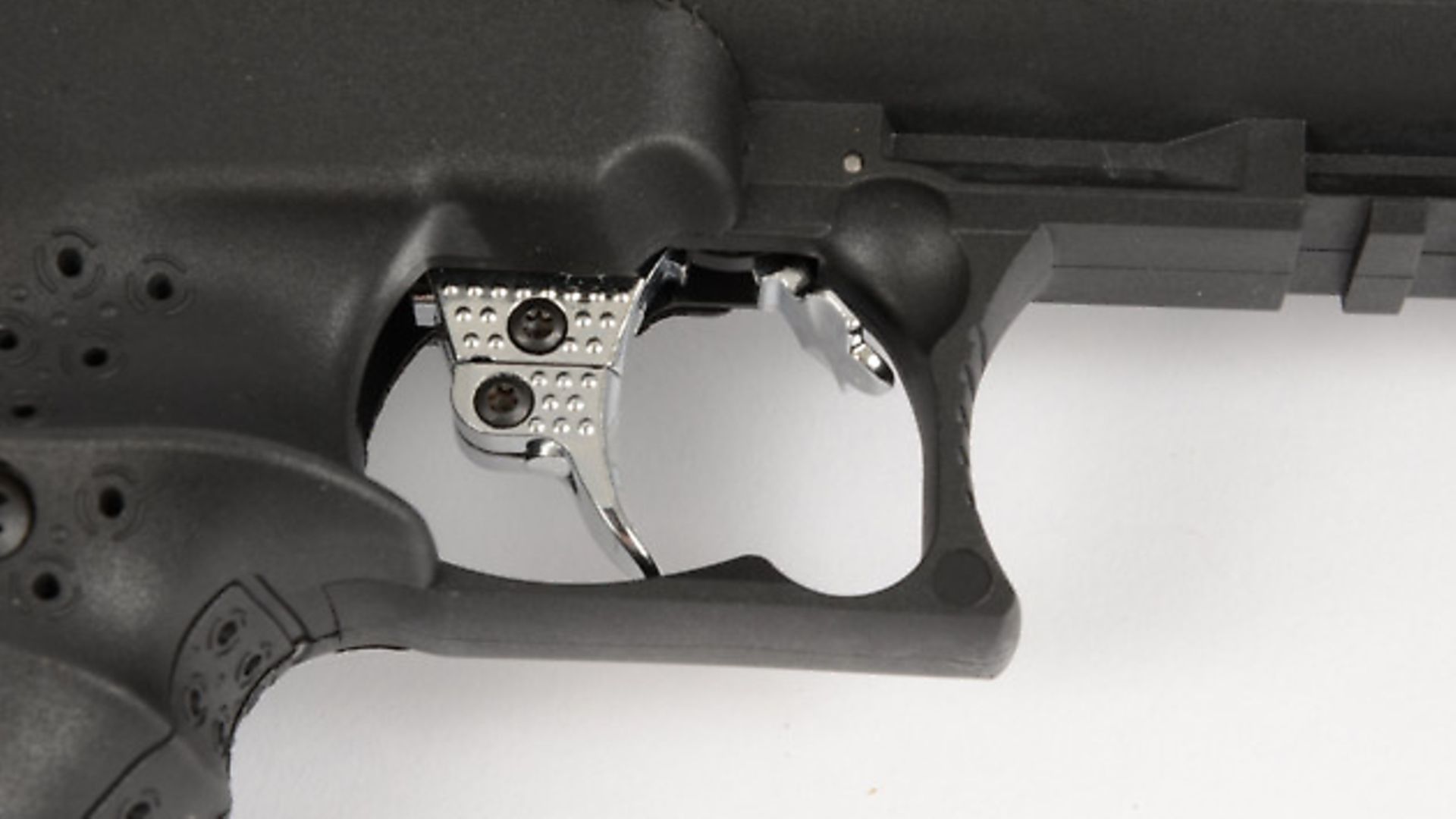 credit: Archant
credit: Archant
Mid-size magic
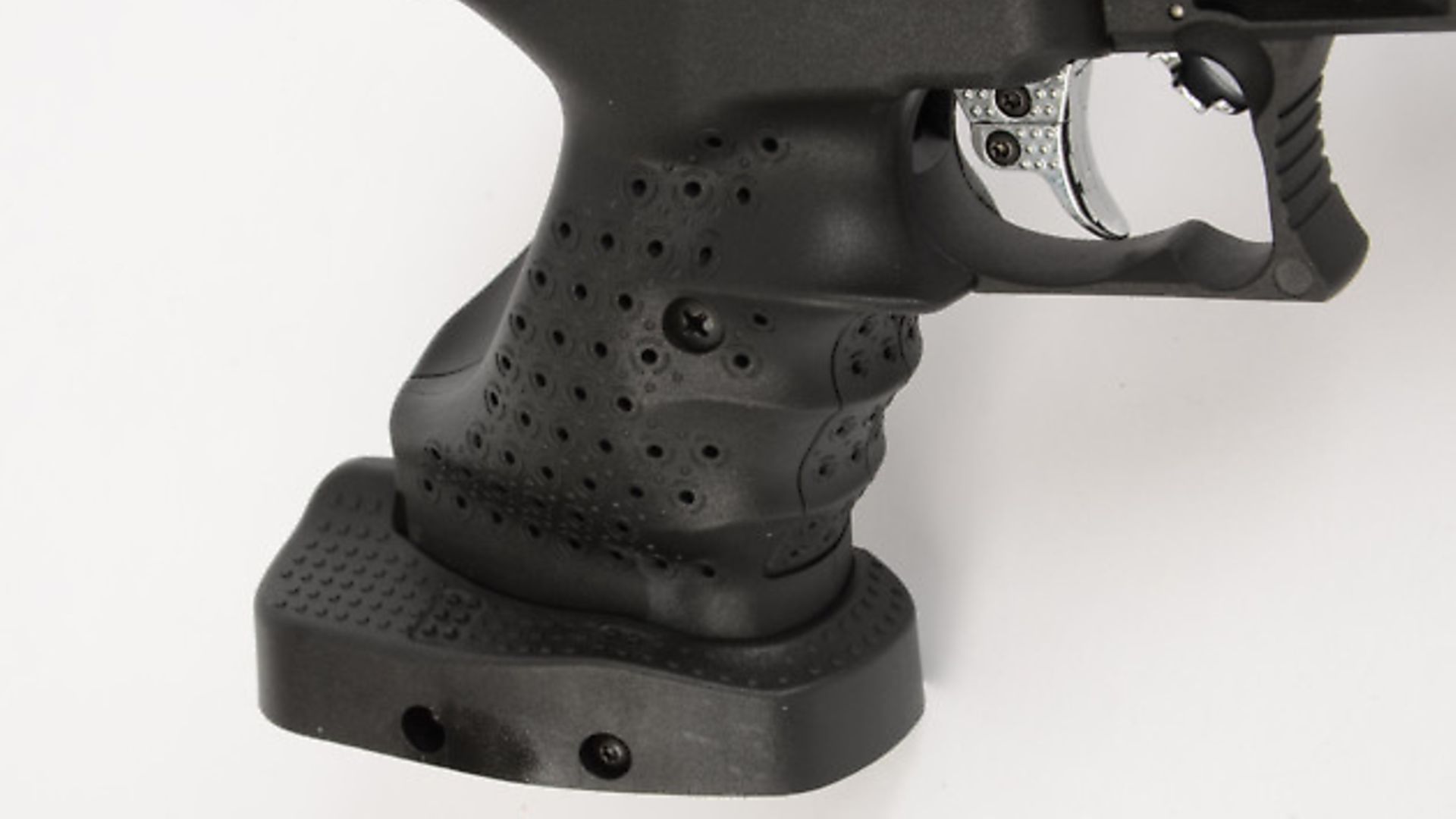 credit: Archant
credit: Archant
With that off my chest I’d like to commend Webley for bringing .20 calibre back into the limelight. It’s a calibre that has a comparitively small following of dedicated shooters who believe that they’ve found the ultimate hunting calibre. For decades there’s been a hotly debated argument as to which calibre is best for hunting. For a very long time, almost everybody used .22. They believed that the bigger calibre hit harder and had more ‘knock down’ power, but its detractors pointed out the that the big, heavy pellets flew relatively slowly making their trajectory quite curved which, in turn, made hitting accurately at anything other than the closest ranges very difficult. As field target competition grew, the shooters soon learned that their overall accuracy was better with .177 and that soon led experienced hunters to swap to the fast-flying calibre. The .177’s detractors correctly pointed out that the .177 didn’t hit as hard as the .22 and debate rages even today.
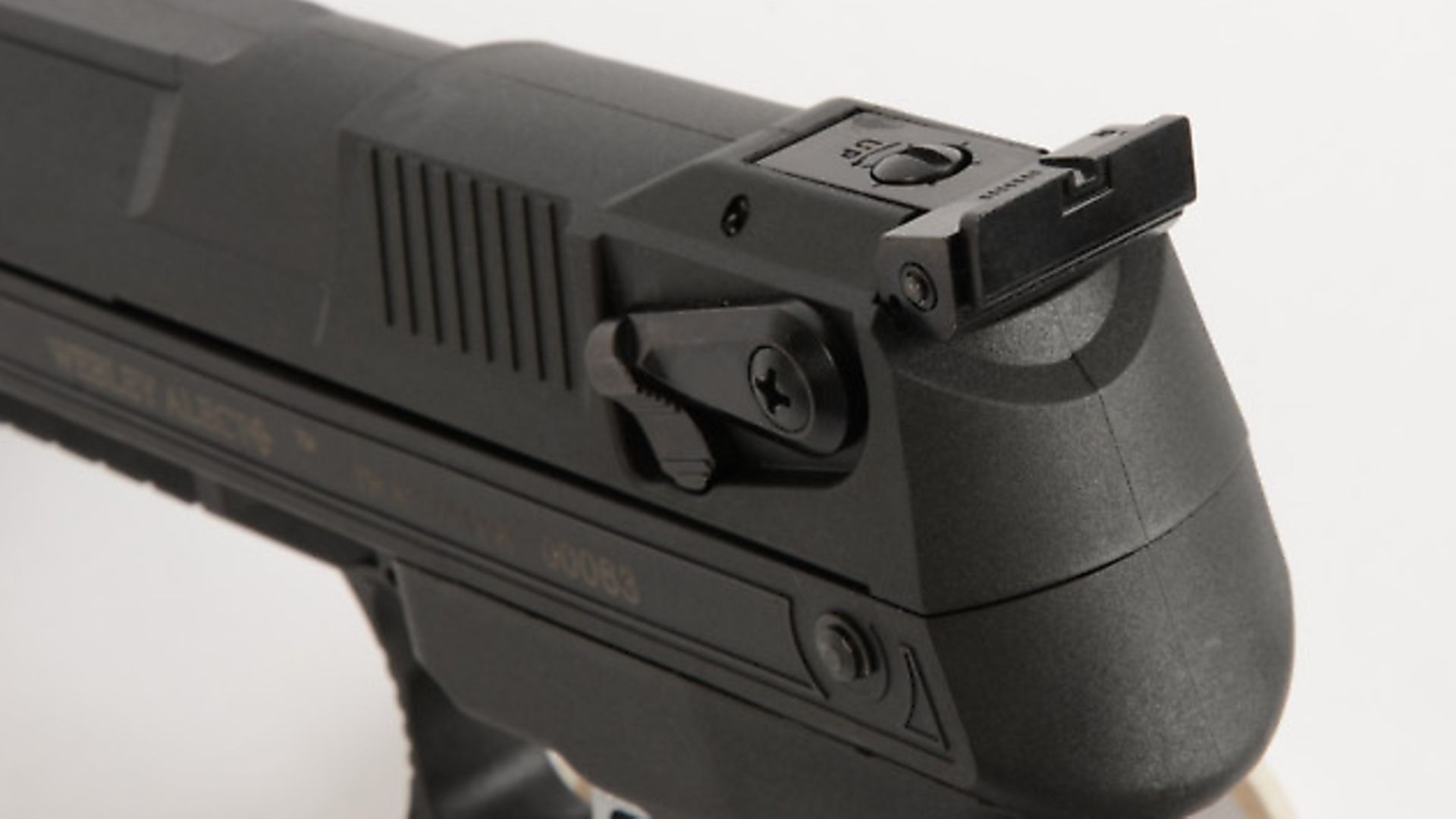 credit: Archant
credit: Archant
In the background, the .20 devotees claimed that their calibre hit nearly as hard as a .22 and flew nearly as fast as the .177, thereby giving the best of both worlds. The only problem was that very few manufacturers offered guns in this calibre or pellets to suit. Well, that’s all changing because Webley will soon offer almost every gun in its range in .20, so there will be a gun to suit every pocket with every action type. Spring piston break barrels, pre-charged pneumatics and now even a pump-up pistol.
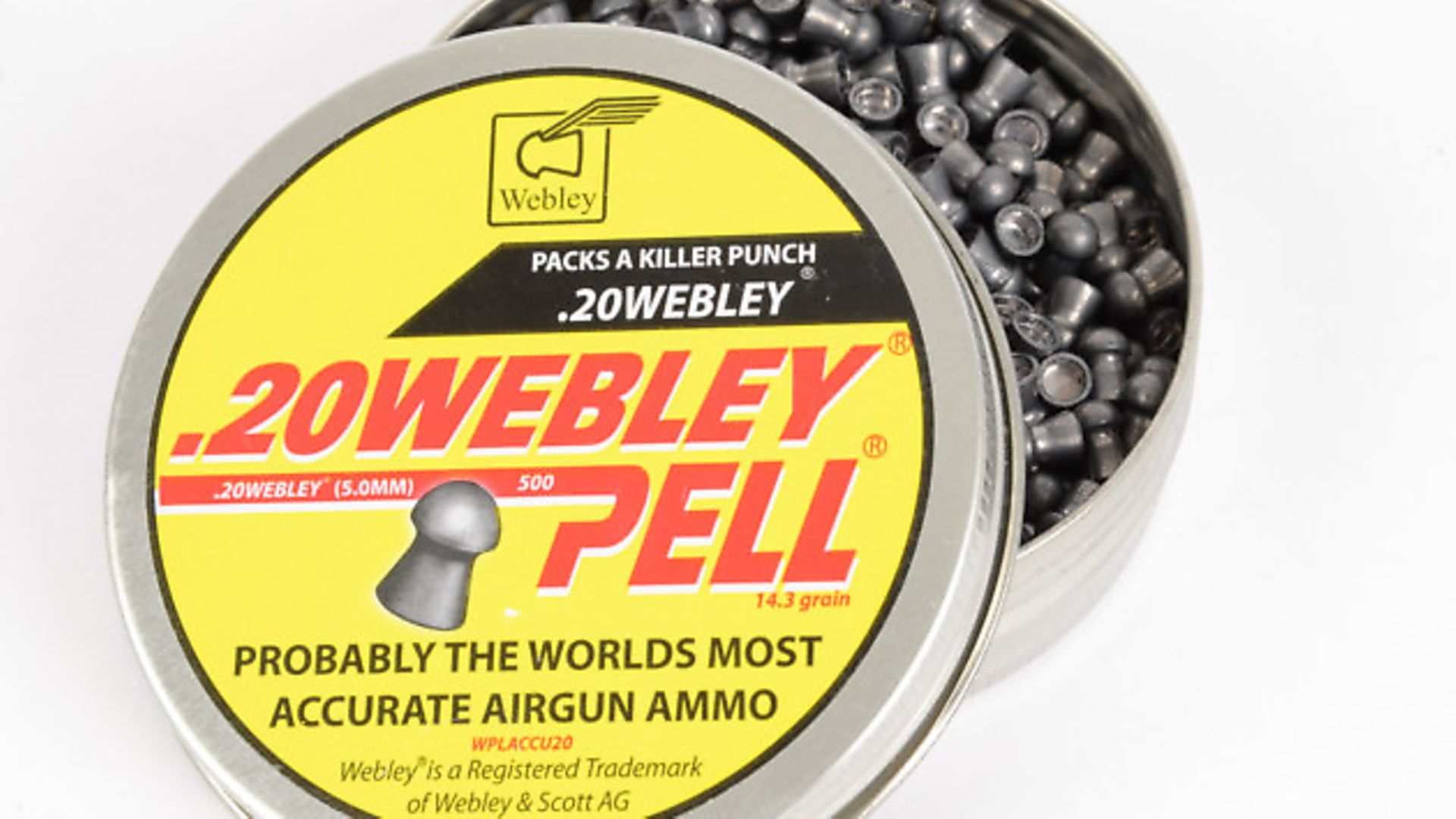 credit: Archant
credit: Archant
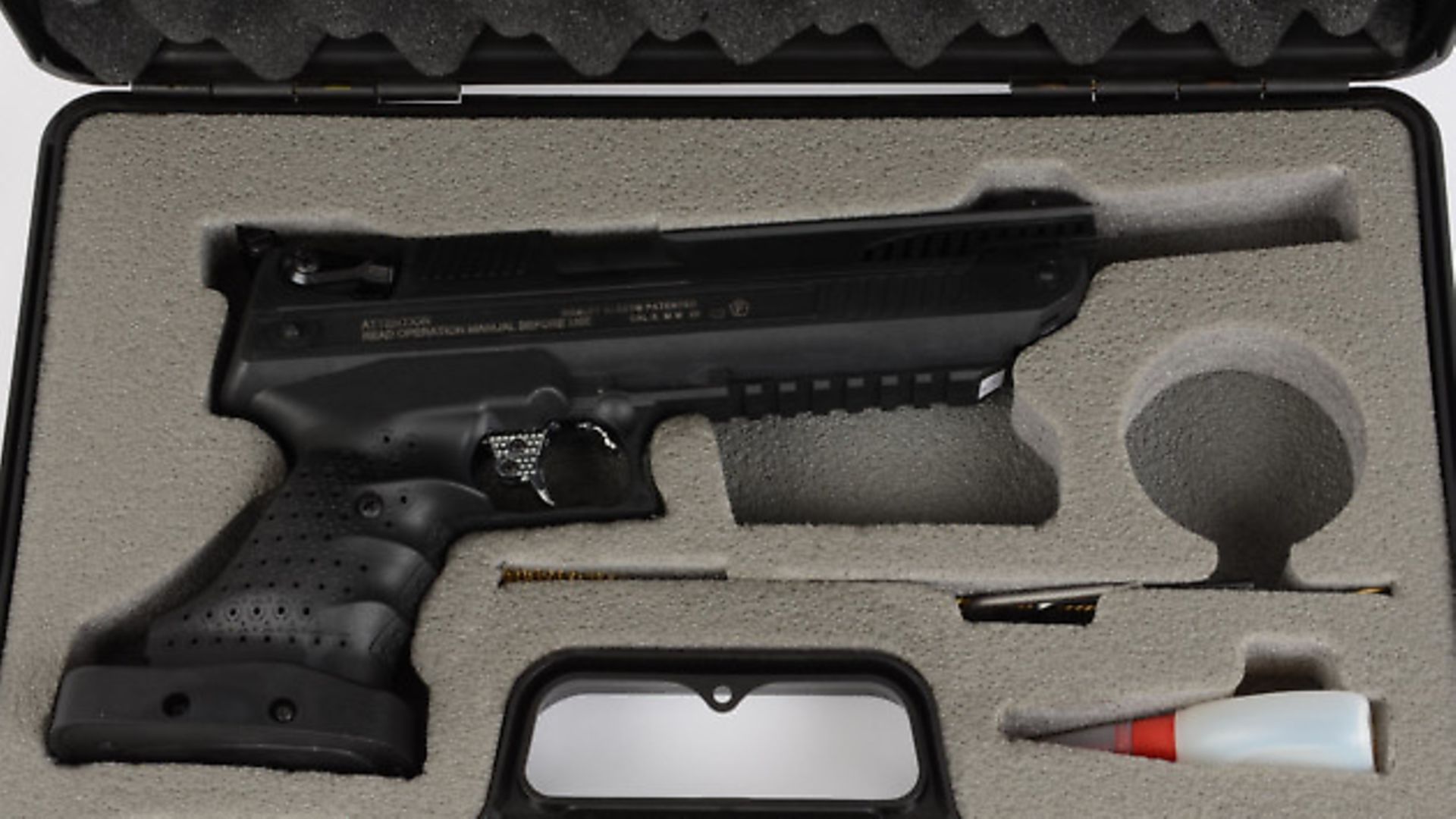 credit: Archant
credit: Archant
Popular pistol
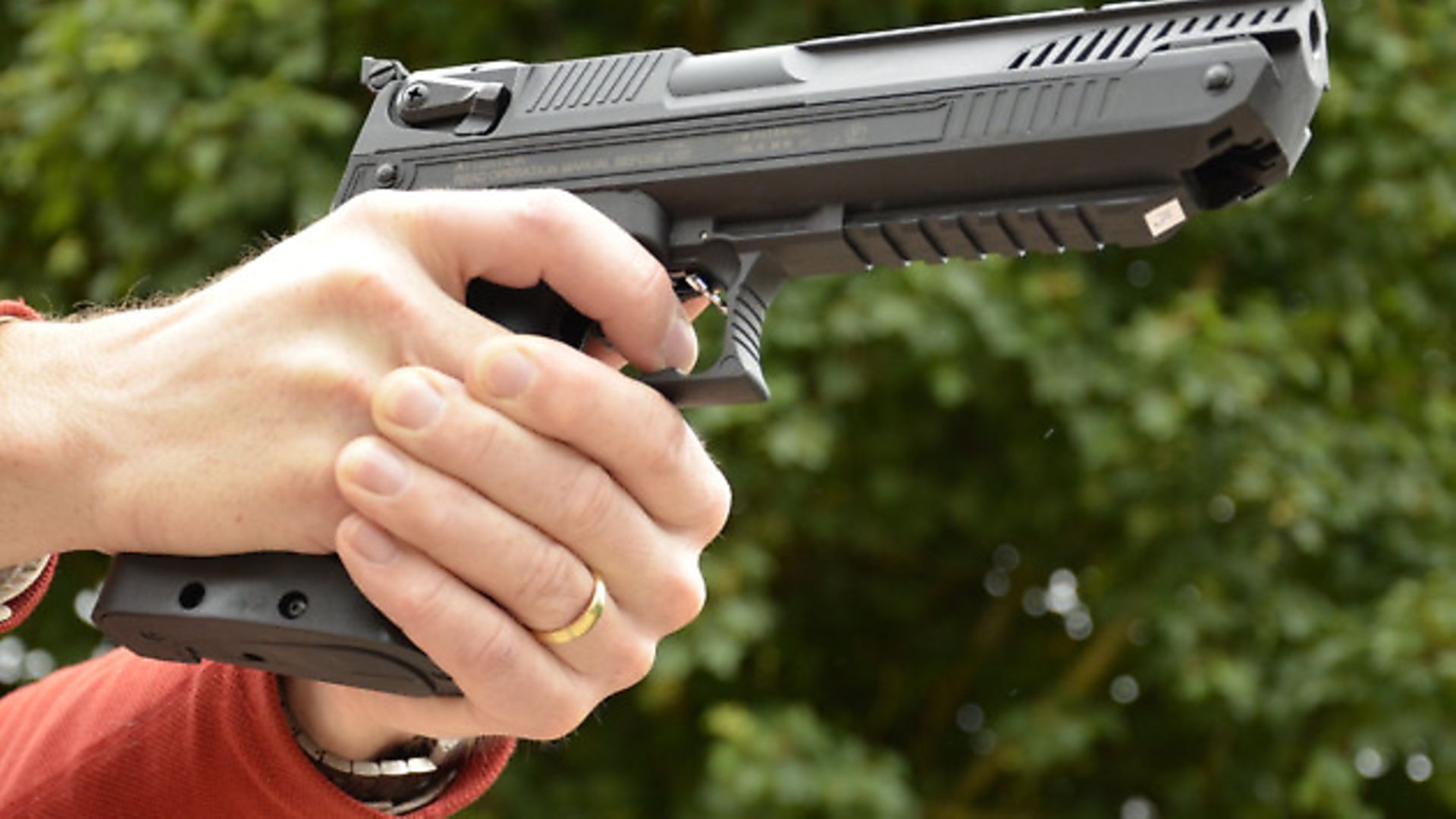 credit: Archant
credit: Archant
The large and powerful Alecto was an instant hit for Webley and it offers lots of power in both .177 and .22, so when I heard that it would be available in .20, I couldn’t wait to give one a try. To make the most of their efforts to get the world shooting .20 they wisely got their .20 Webley Accupell in place first, so that you could be sure of a good supply of ammunition before committing to this calibre. Now, I’m not suggesting that this is the only pellet available in .20, but it’s good to know that the shop that sold you the gun will have the right pellet on the shelf. The Accupell is a classic round head with a short body that shot well in pretty much every gun I’ve put it through. It’s clearly well made with little sign of swarf inside the tins.
So with the 14.3 grain pellets in hand, I set about chronographing the pistol. It’s a pump-up that allows the shooter to choose the power level by the number of pump strokes you put in. Don’t worry that you might pump it too much and exceed the 6 ft.lbs. UK legal limit for air pistols. There’s a valve that allows excess pressure to be released before this could ever happen.
Power choice
One pump produced 270 feet per second (fps). Two produced 390 fps while the third pump produced 415 fps. This equates to 2.31, 4.80 and 5.47 ft. lbs respectively, exactly as the manufacturer claims. It’s interesting to note the change in recoil as the power increases. On the lowest setting it’s hardly noticeable but at full power you can feel a push through your hand, no question.
Of course all that power is of no use if you can’t hit your target, so my next job was to shoot some groups to see how I fared. The open sights are fully adjustable for windage and elevation, but you’ll need a screwdriver to make changes. The fore sight is interesting in that you can swap from a plain black element to one with a red dot by simply flipping from one to the other. I preferred the red dot immediately because it brightens the sight picture, something I welcome.
Anatomical grip
The grip is highly contoured with finger grooves and an adjustable palm shelf that can be moved after unlocking two Torx bolts. This does compromise my usual two-handed, combat-style grip, but not enough to stop me using it. The trigger is light but rather long with no discernible let-off point that I could feel, making it rather vague. As the gun is cocked an automatic safety comes on in the form of a ‘T’-shaped flap that drops back against the trigger blade. This is ideal because you feel it as soon as you reach for the blade and it’s easily pushed off with your trigger finger. It’s also ambidextrous to work with the optional left-hand grip set-up. It’s useful for lefties to know that if you’re offered a right-hand model, you can buy a left-hand grip as an accessory and swap it over.
When I was practising with the Alecto, I realised that if you unlock the slide and lift it just far enough, you can cock the trigger and then close it again for dry-fire training, which is ideal for indoor simulation on dark nights or rainy days.
Accuracy was everything I’d hoped for with the open sights but I was regretting a mistake. I’ve had a 2 x 20 AGS pistol scope on loan from Highland Outdoors, which I returned the day before I did this review. Oh, how I wish I’d held on to it a little while longer. I’ve shot with scopes almost all my life and I find them so much easier than open sights to group well. I’m sure I could have tightened the groups up with one fitted. The AGS comes with mounts that fit straight onto the Alecto’s scope rail just with the twist of an Allen key and so make an ideal companion.
Under the frame, in front of the trigger guard, we find a section of Weaver rail mounted upside-down that allows the fitting of lamps or lasers, so I requested a laser to see how it would work as an aiming device. I saw a competitor at an IPAS match using this system and he was dynamite, so I fancied a try. I’m hoping that this will be the answer to my dilemma. Because I’m short-sighted, with my glasses on I can’t see the sights clearly but as with all forms of pistol shooting, eye protection is mandatory. The laser dot, however, will appear clearly on the target so my prescription specs showed it normally. The thing about this idea is that the dot tells you the harsh truth about just how wobbly humans are, because the dot scoots about all over the target, but even so, I was far more accurate with it than I was with open sights. I’m keen to learn more about this aiming system so I’m going to practise more to see if I can improve.
It’s no surprise to me that this pistol is so popular. It’s a good handful of gun which appeals to everybody I’ve shown it to. It also makes plenty of power which is backed up with good accuracy.
You can fit scopes, red-dots, lasers and lamps to customise it to your own tastes and needs, which is great, and the inclusion of a third calibre makes it even more interesting.
A great pistol with a great calibre - what more could you want?